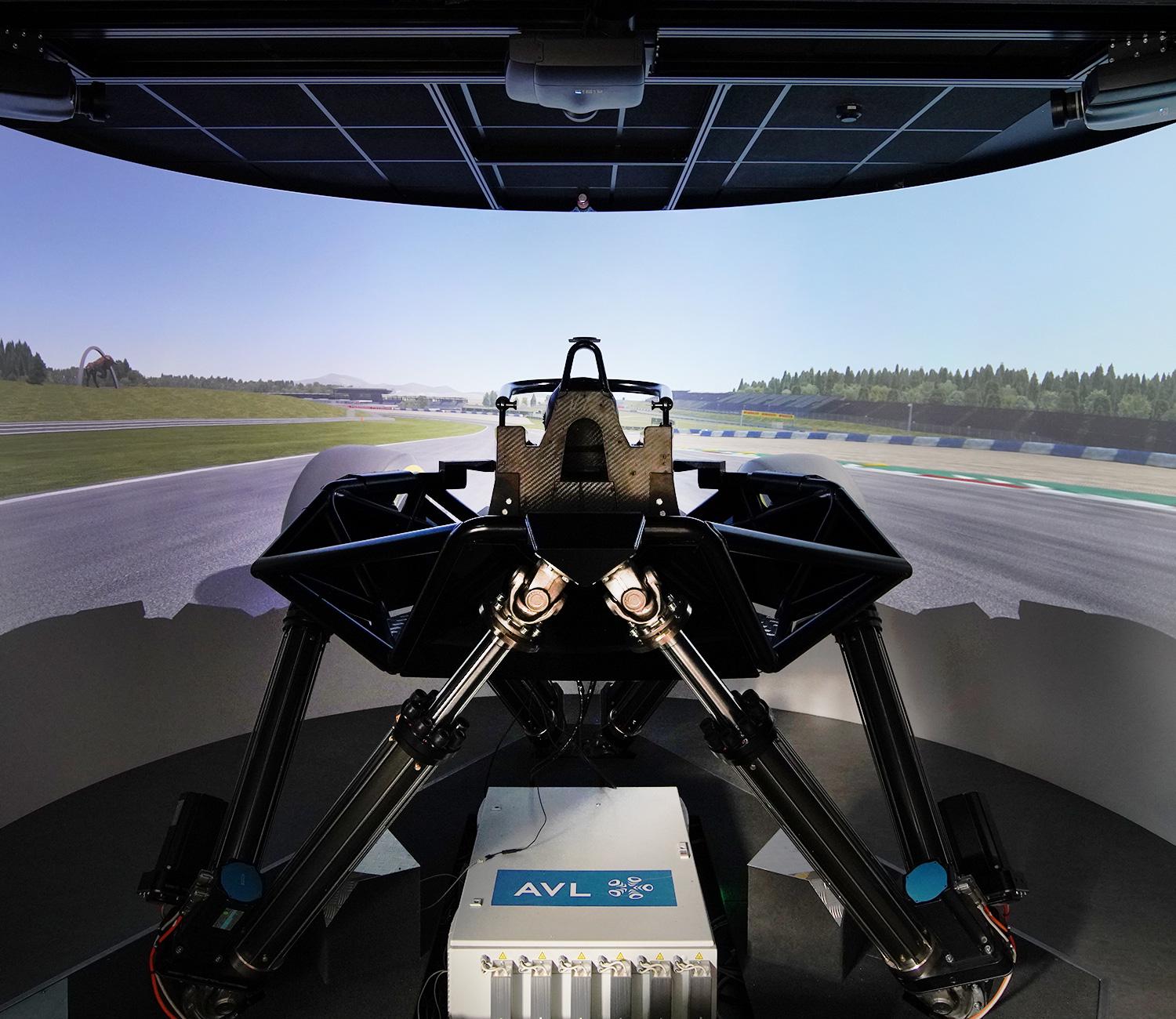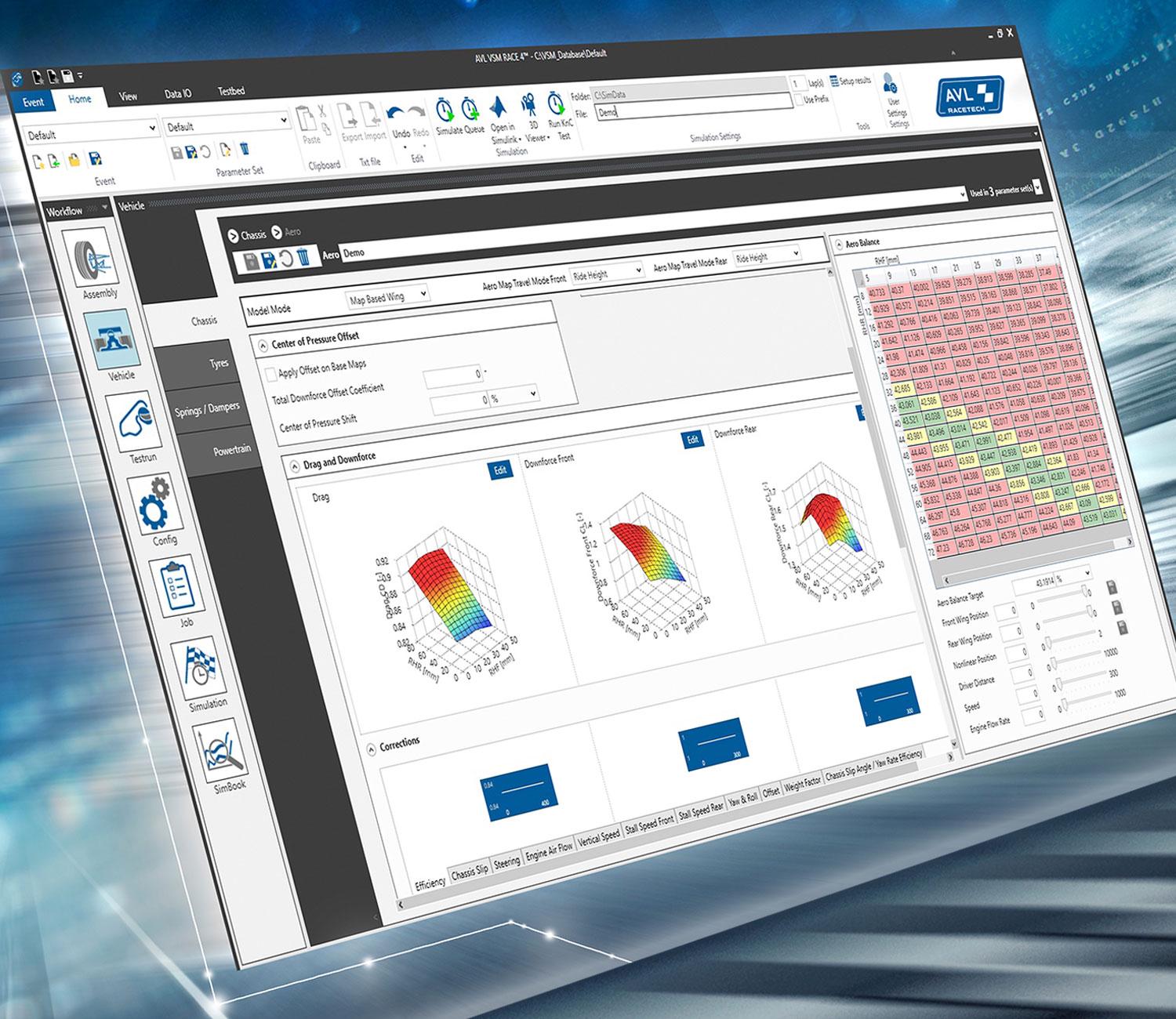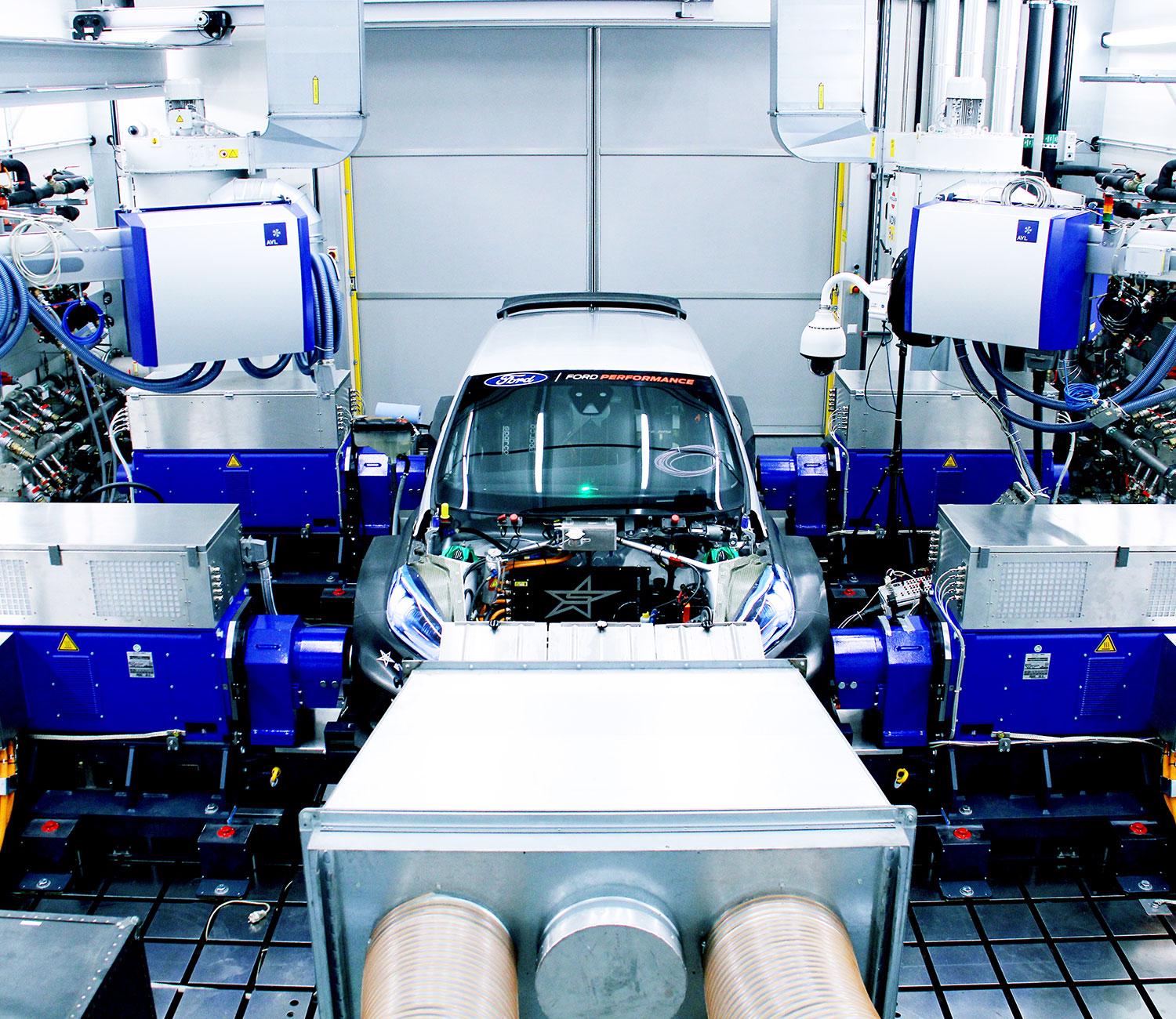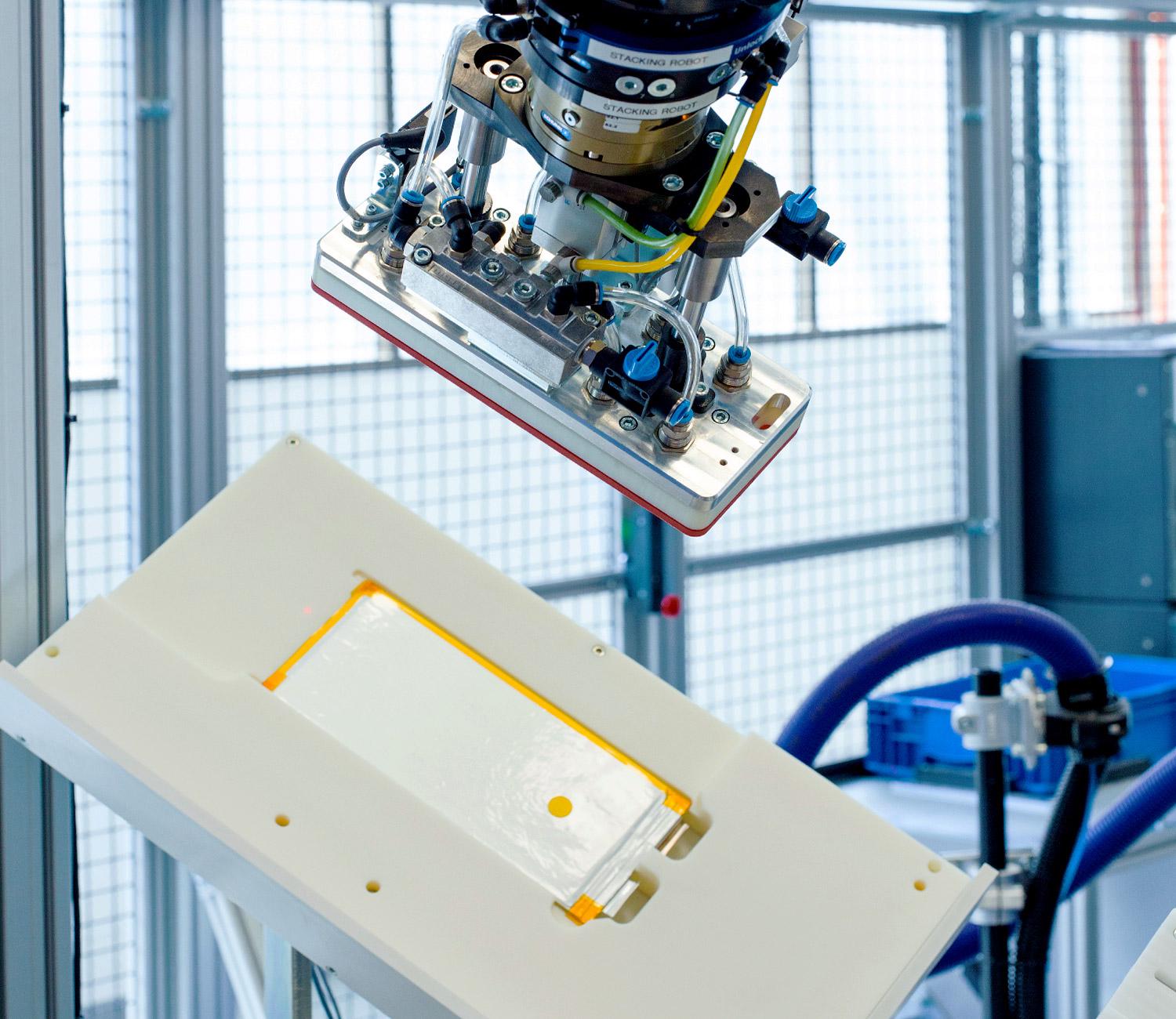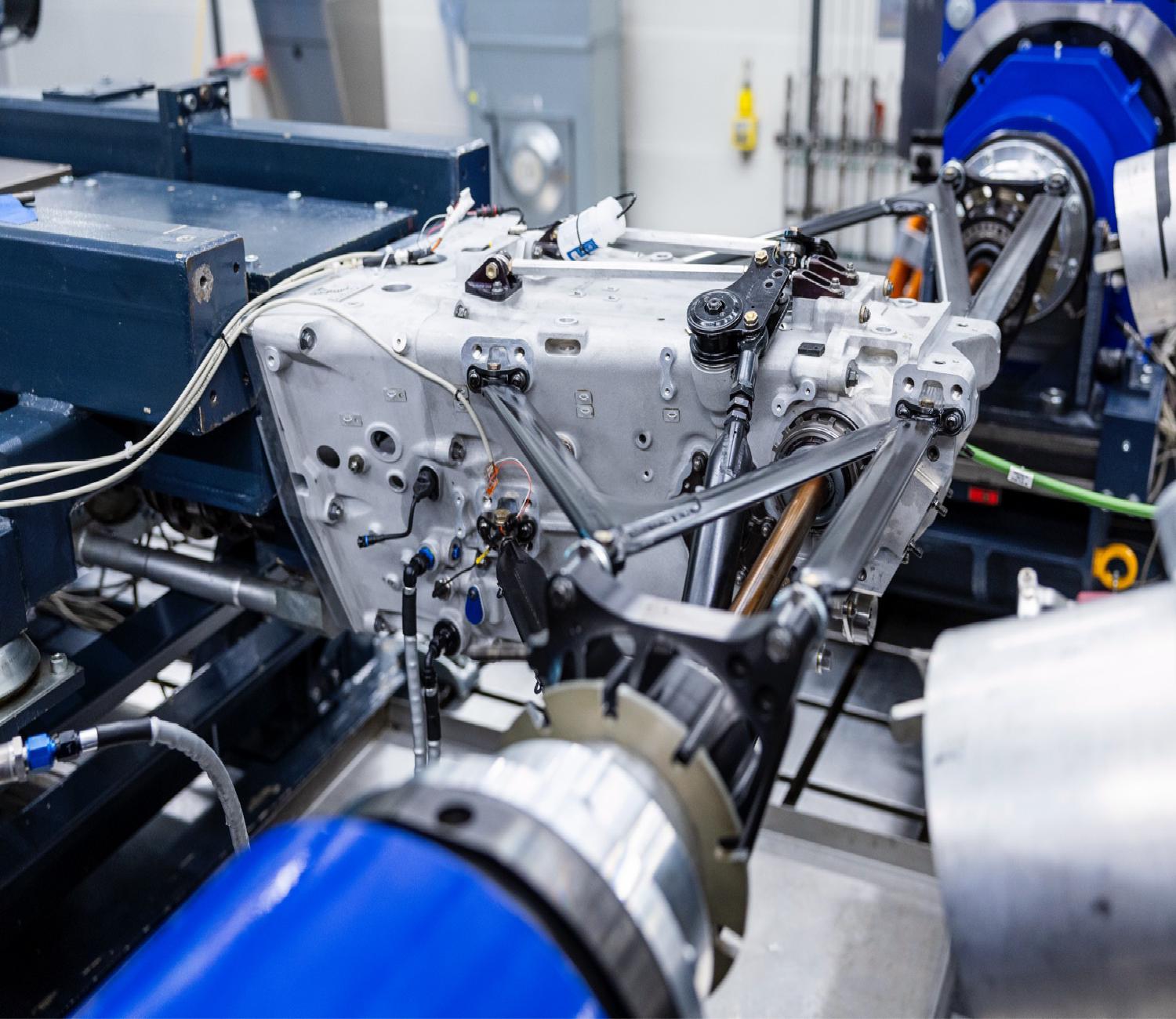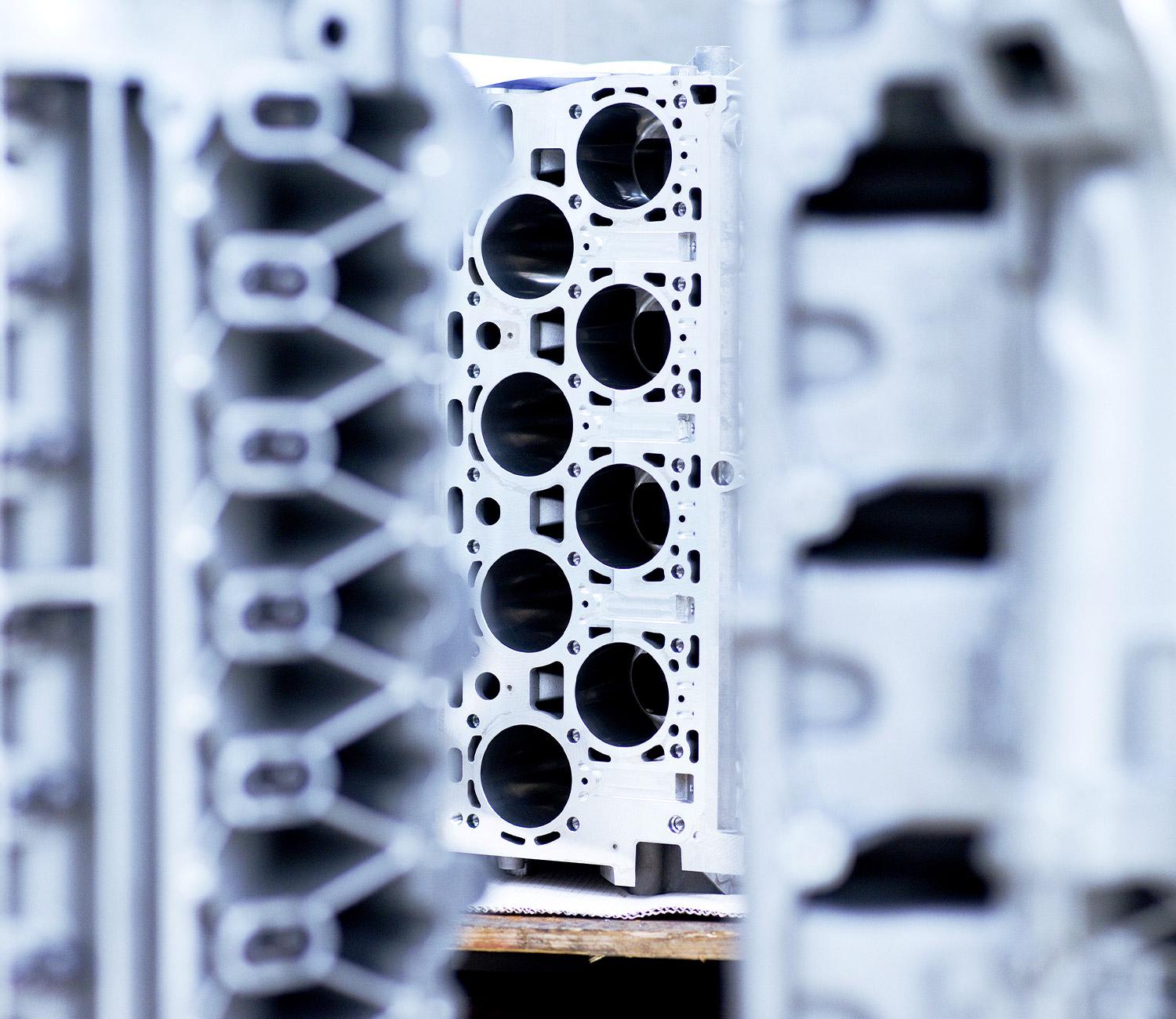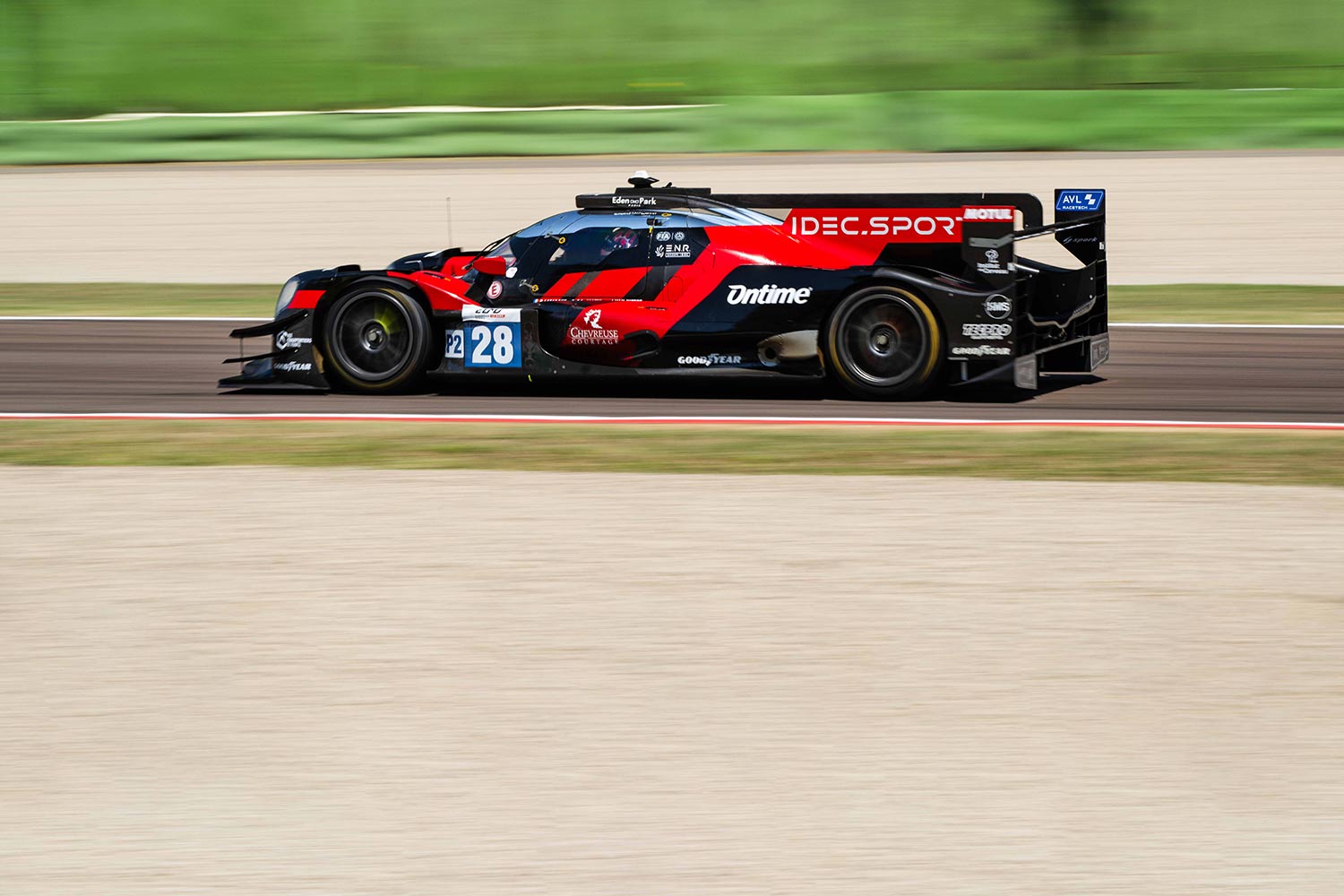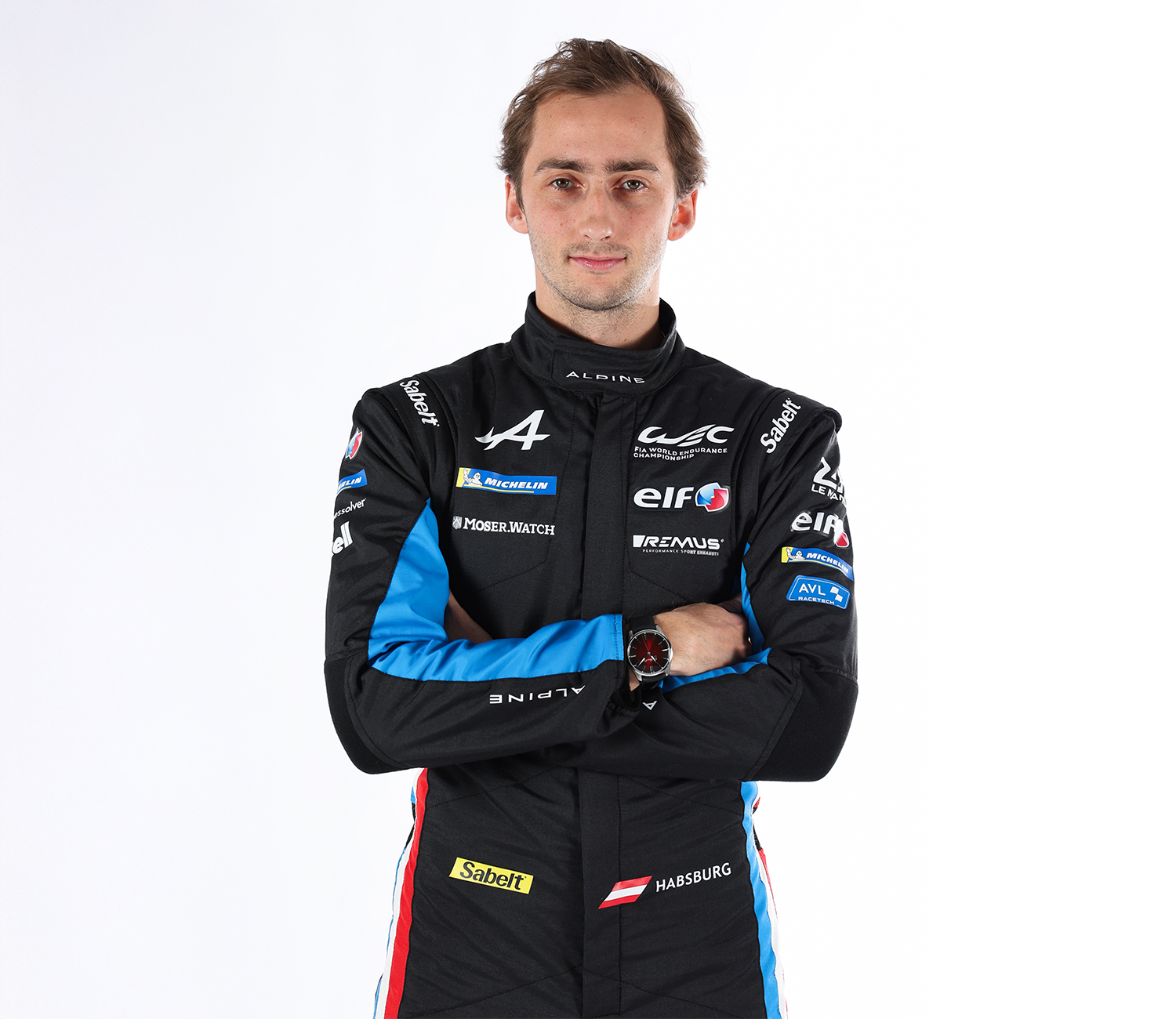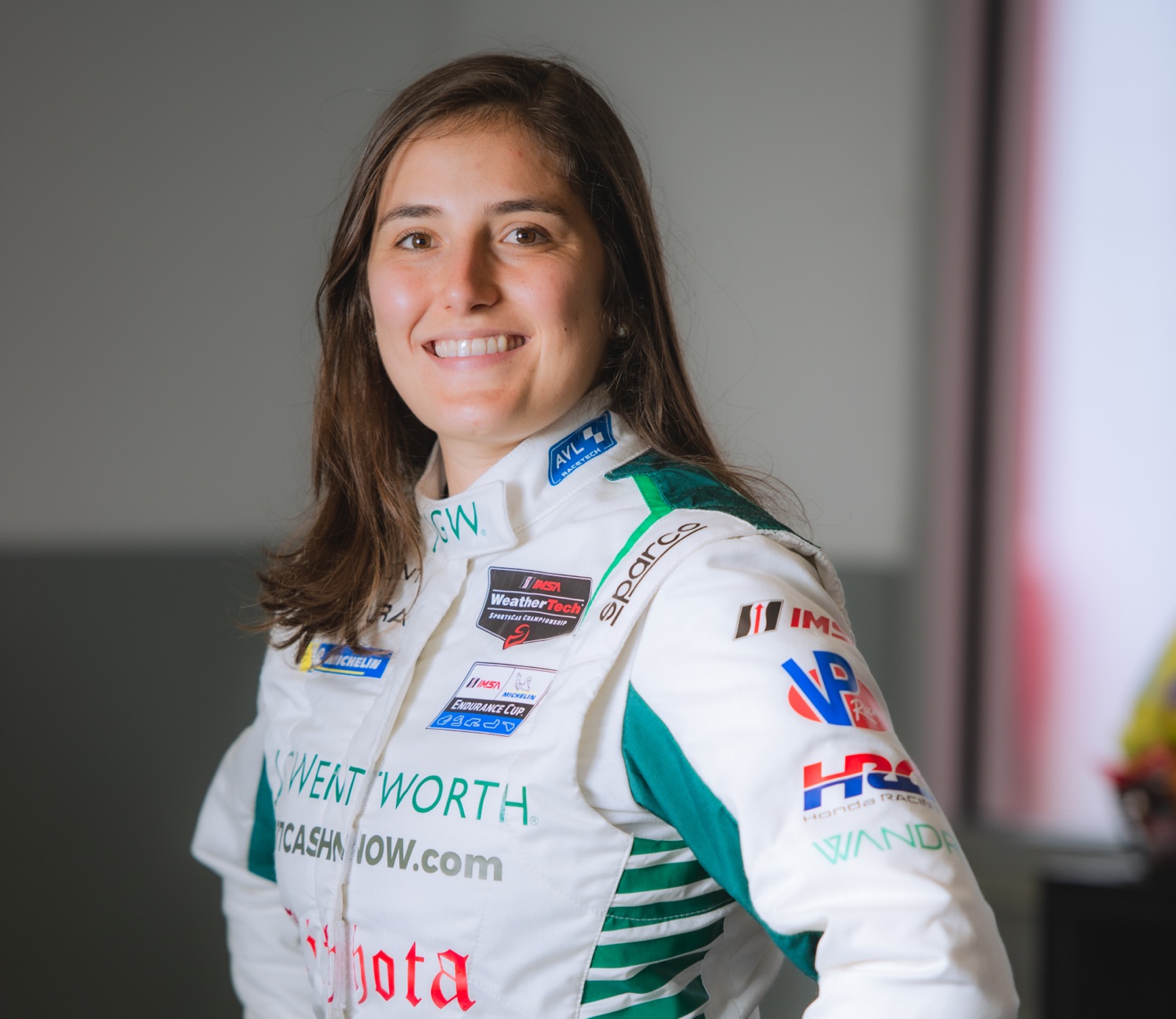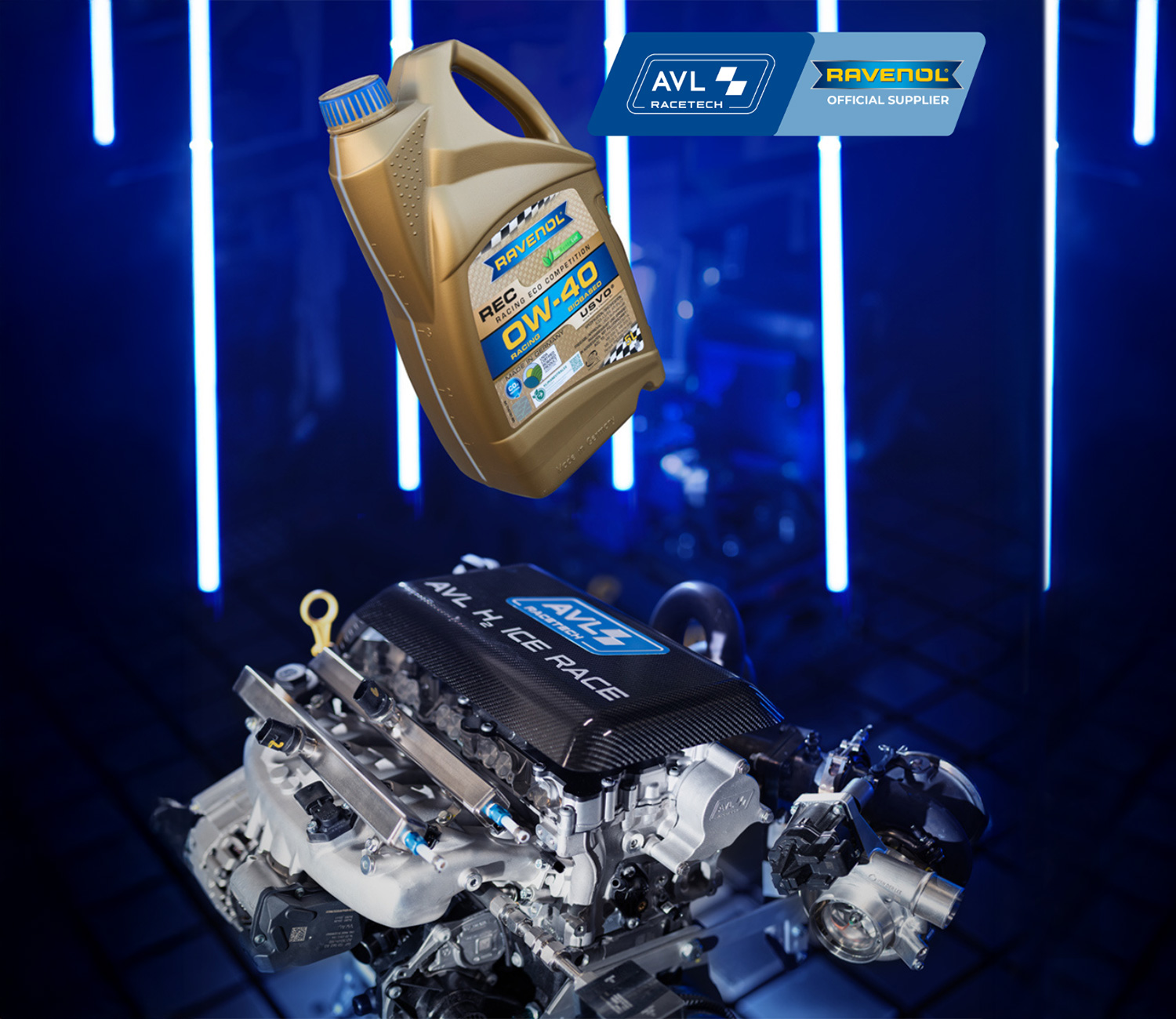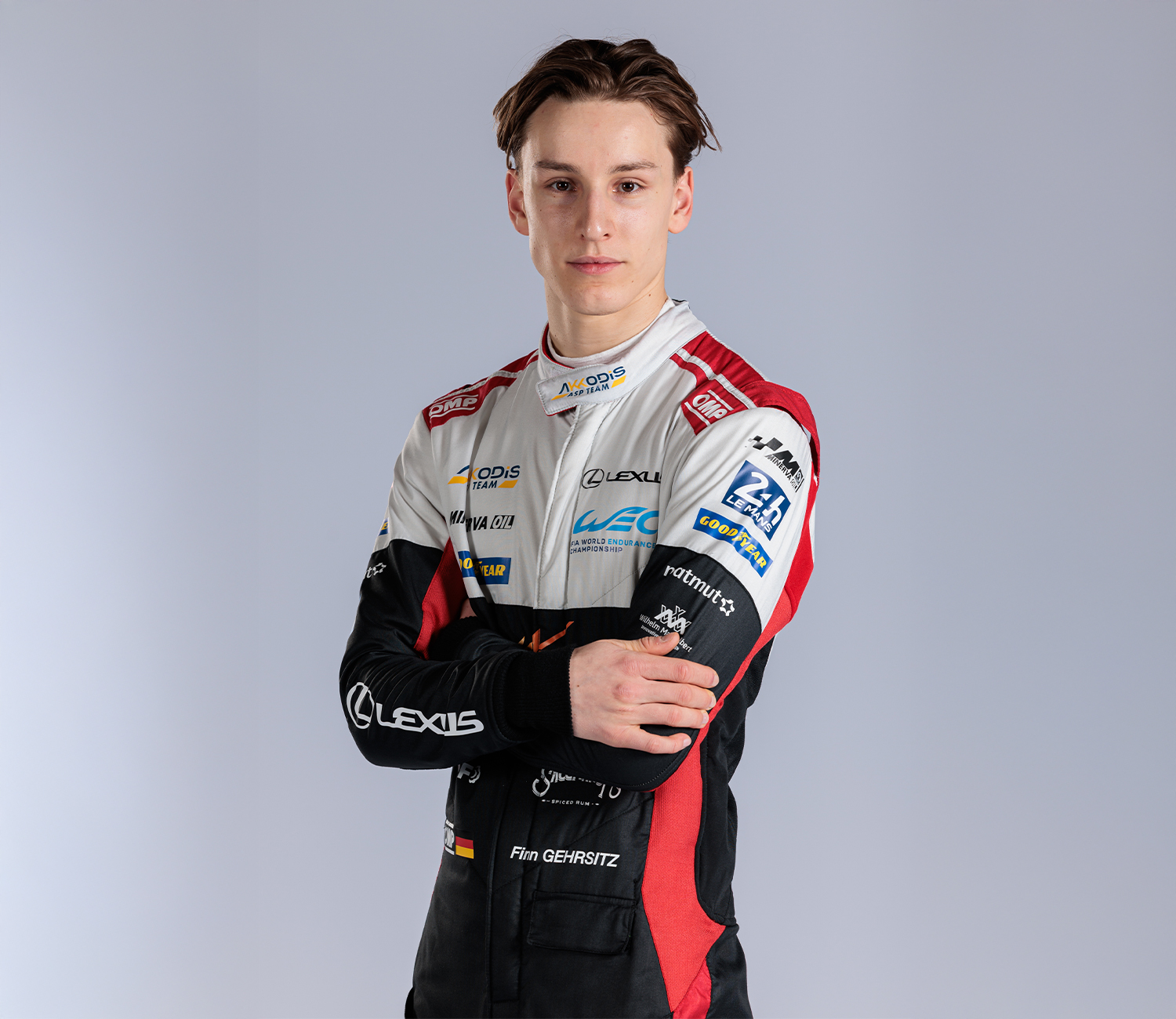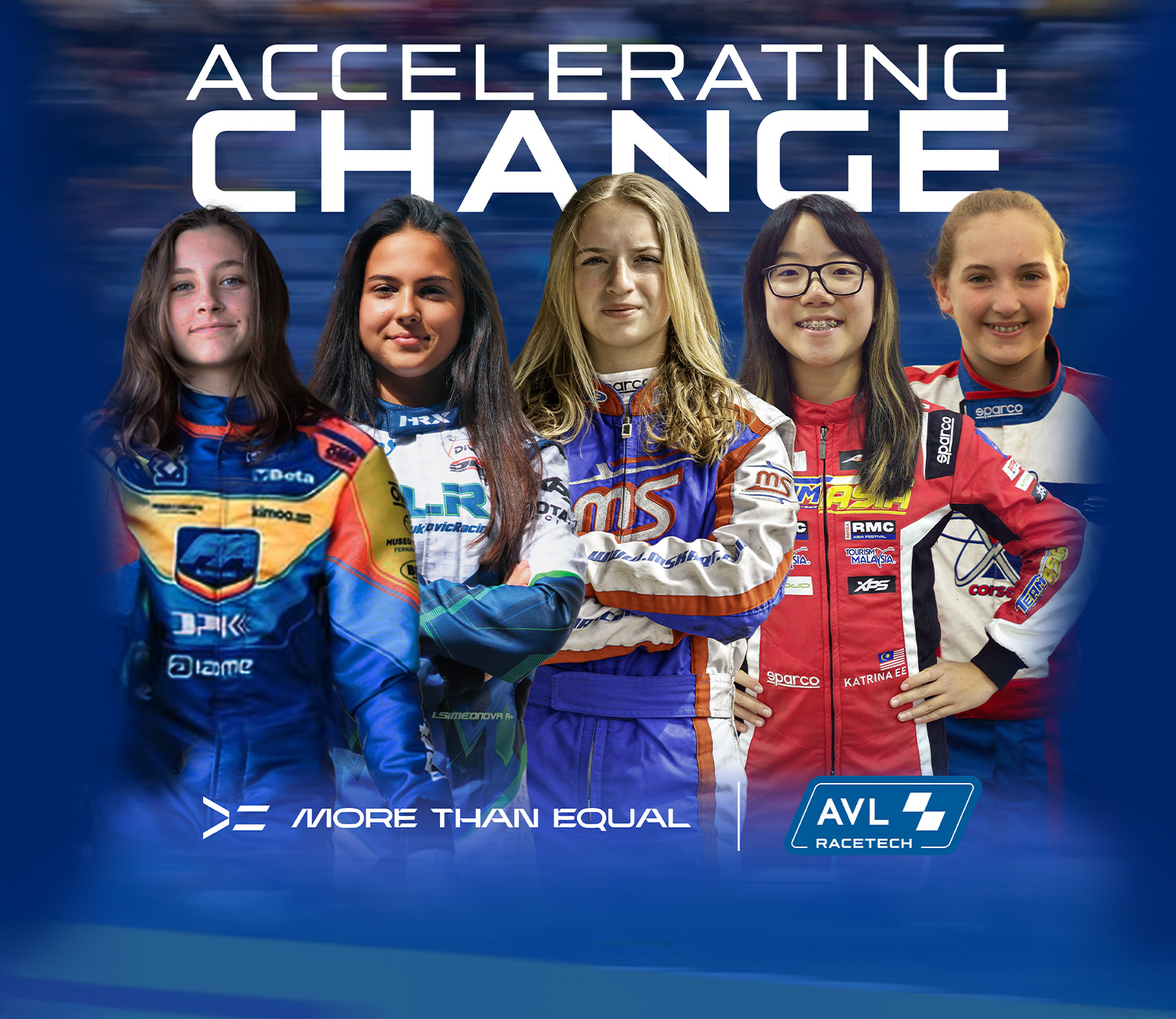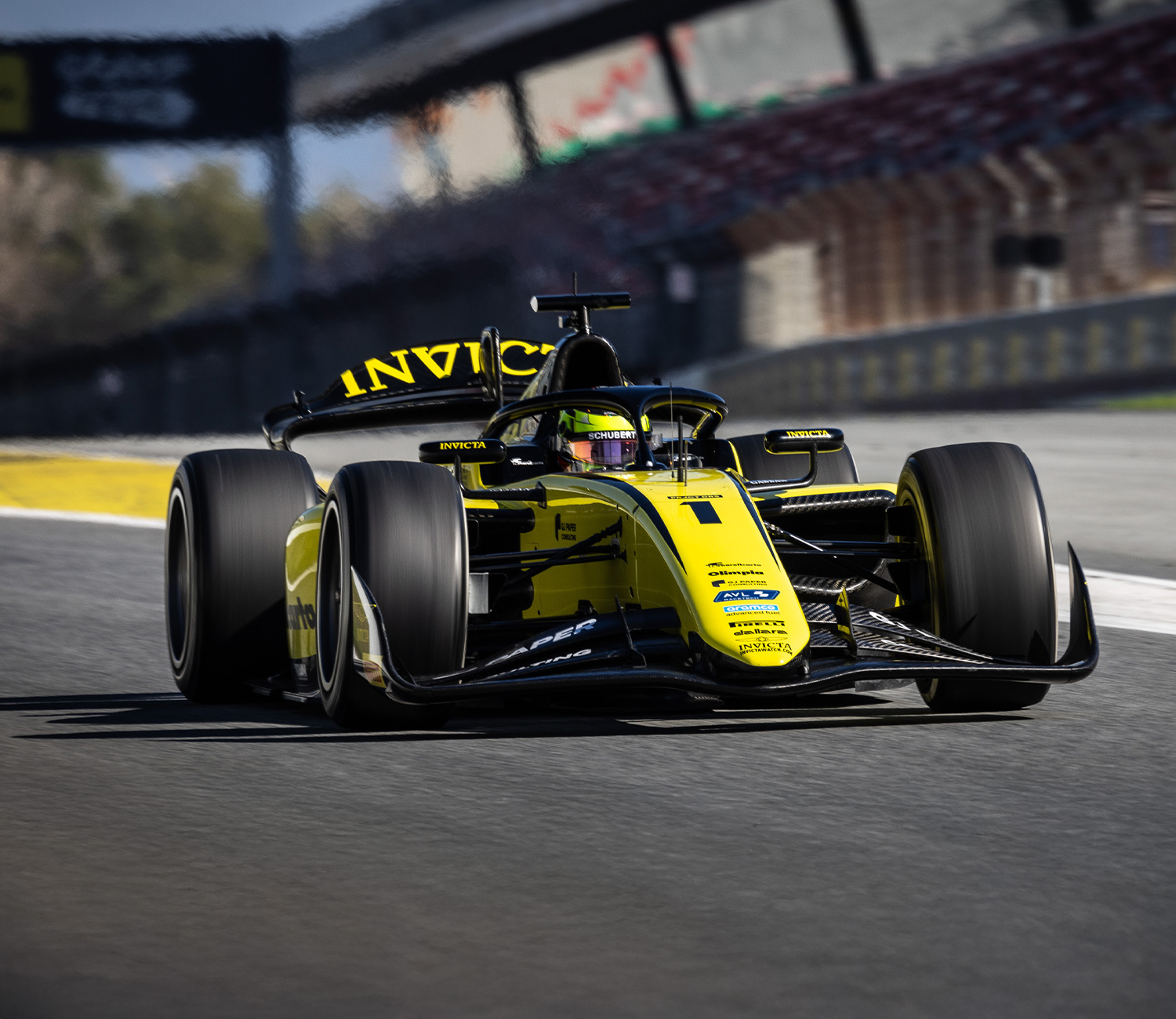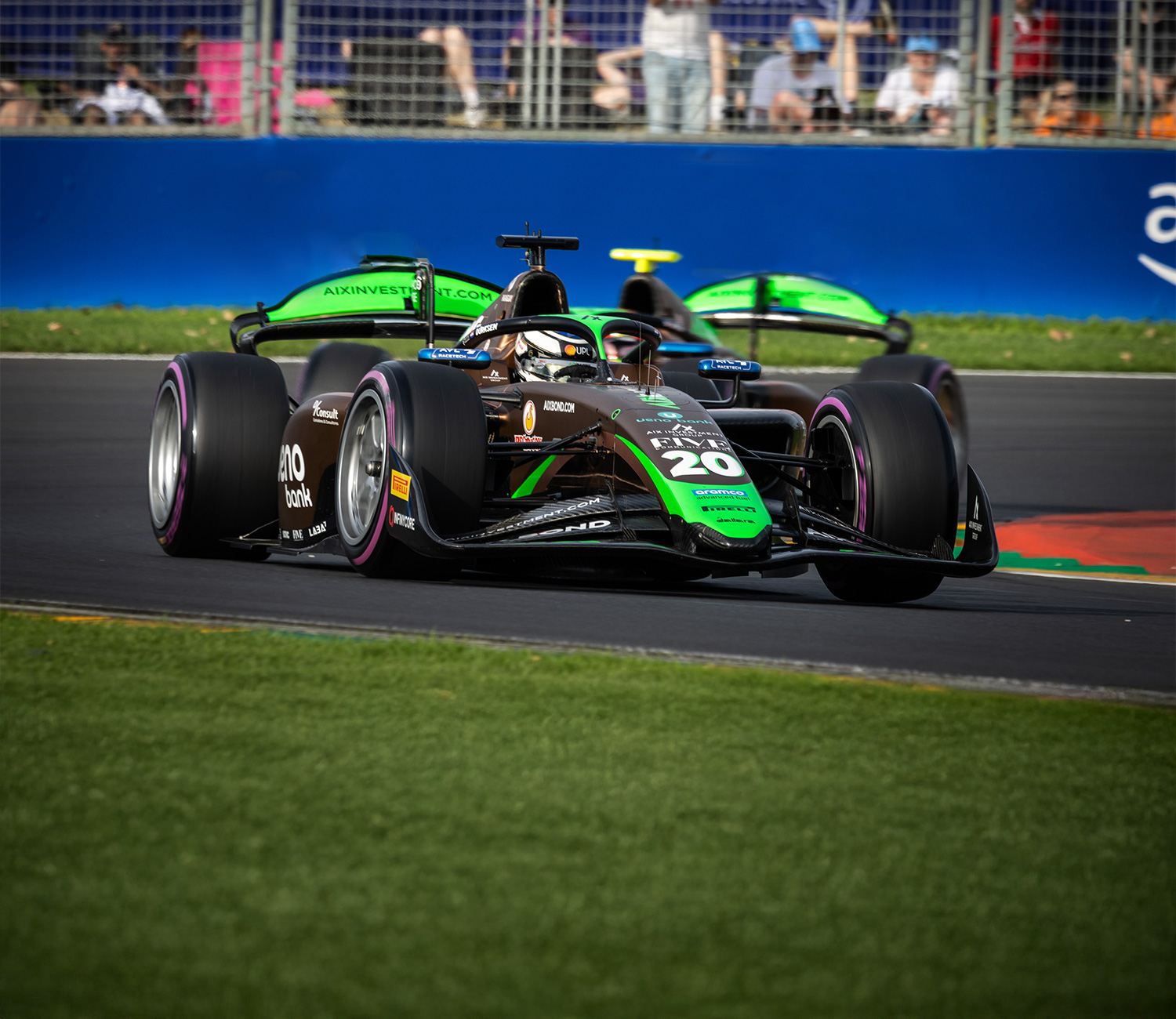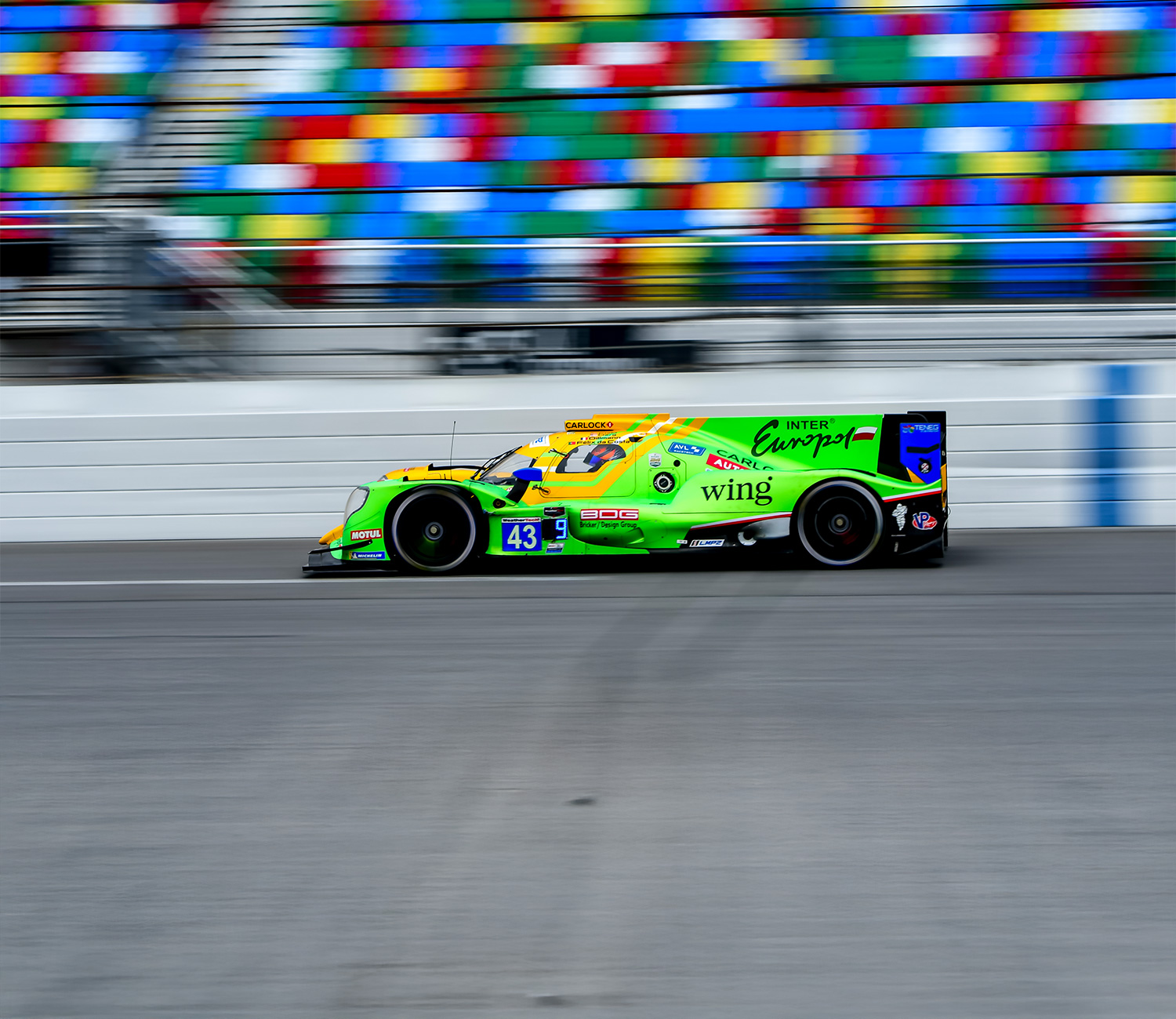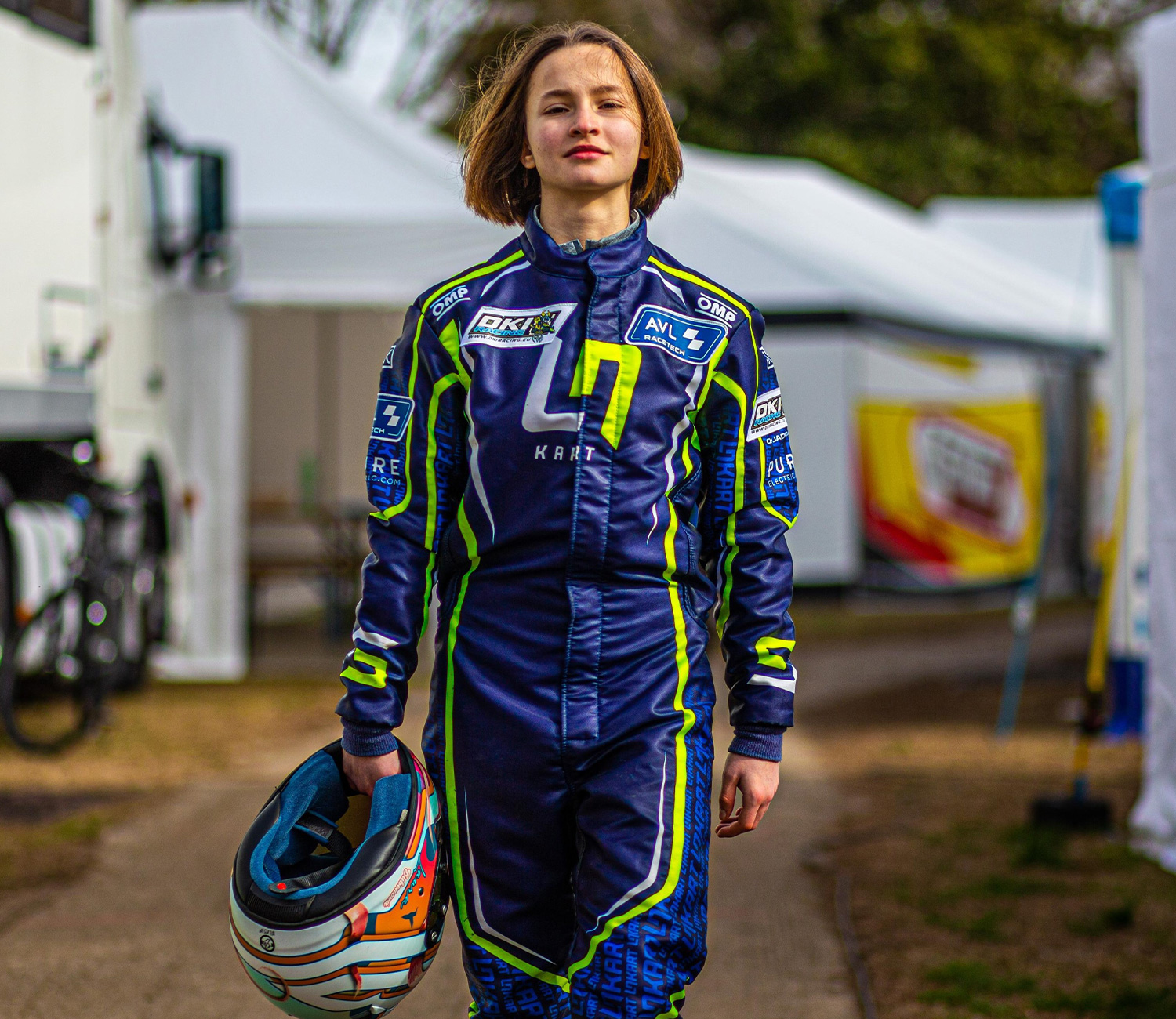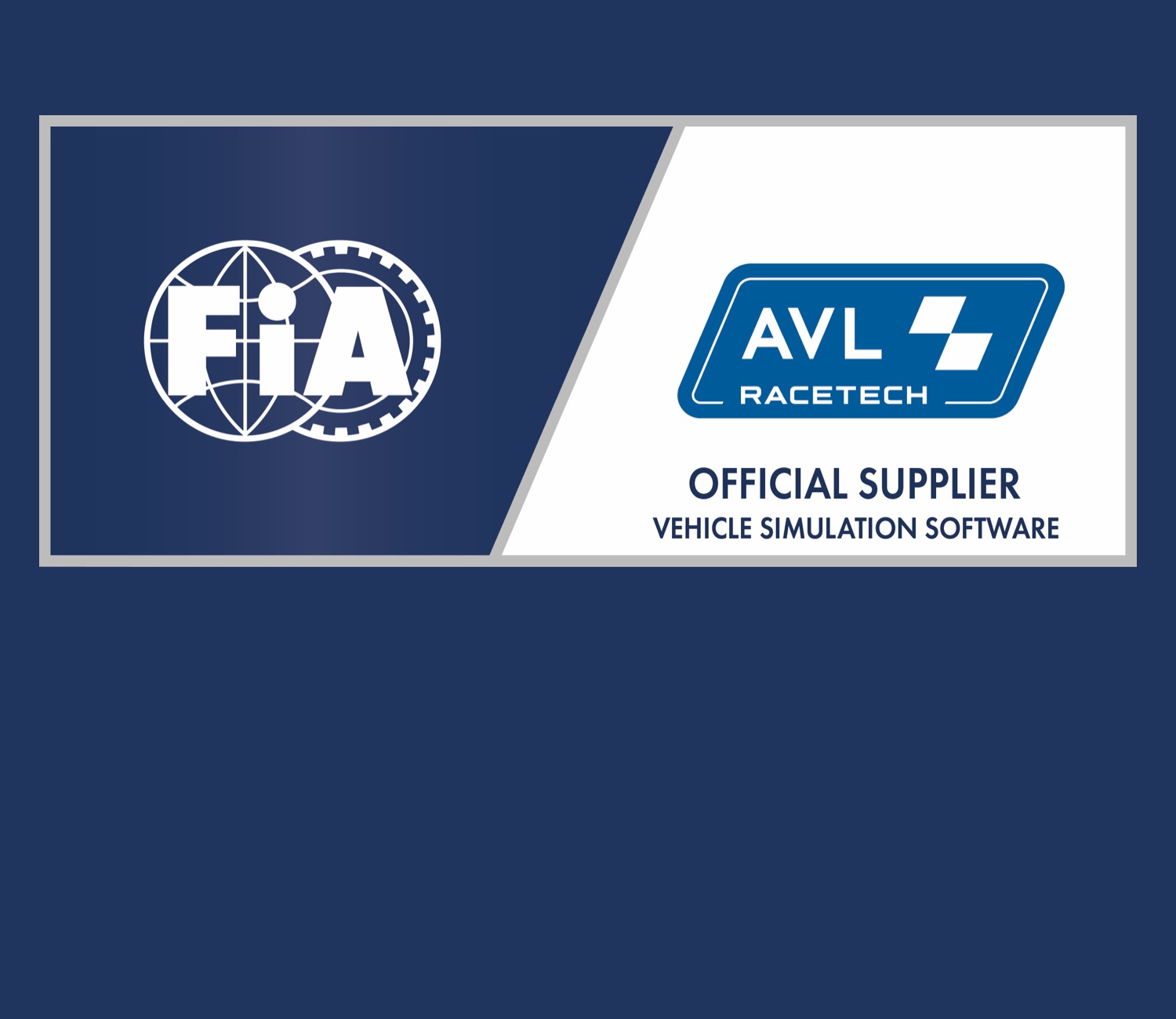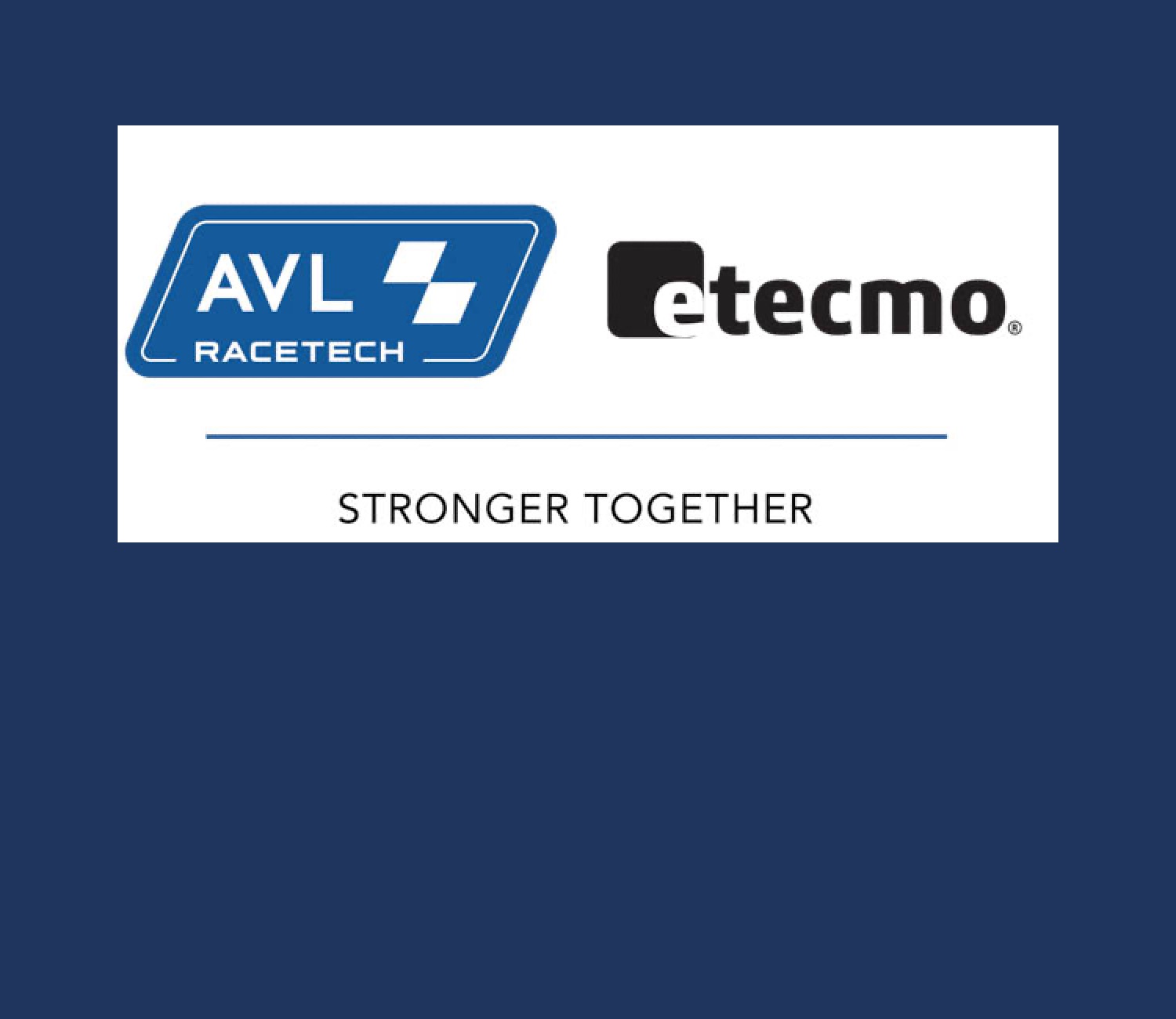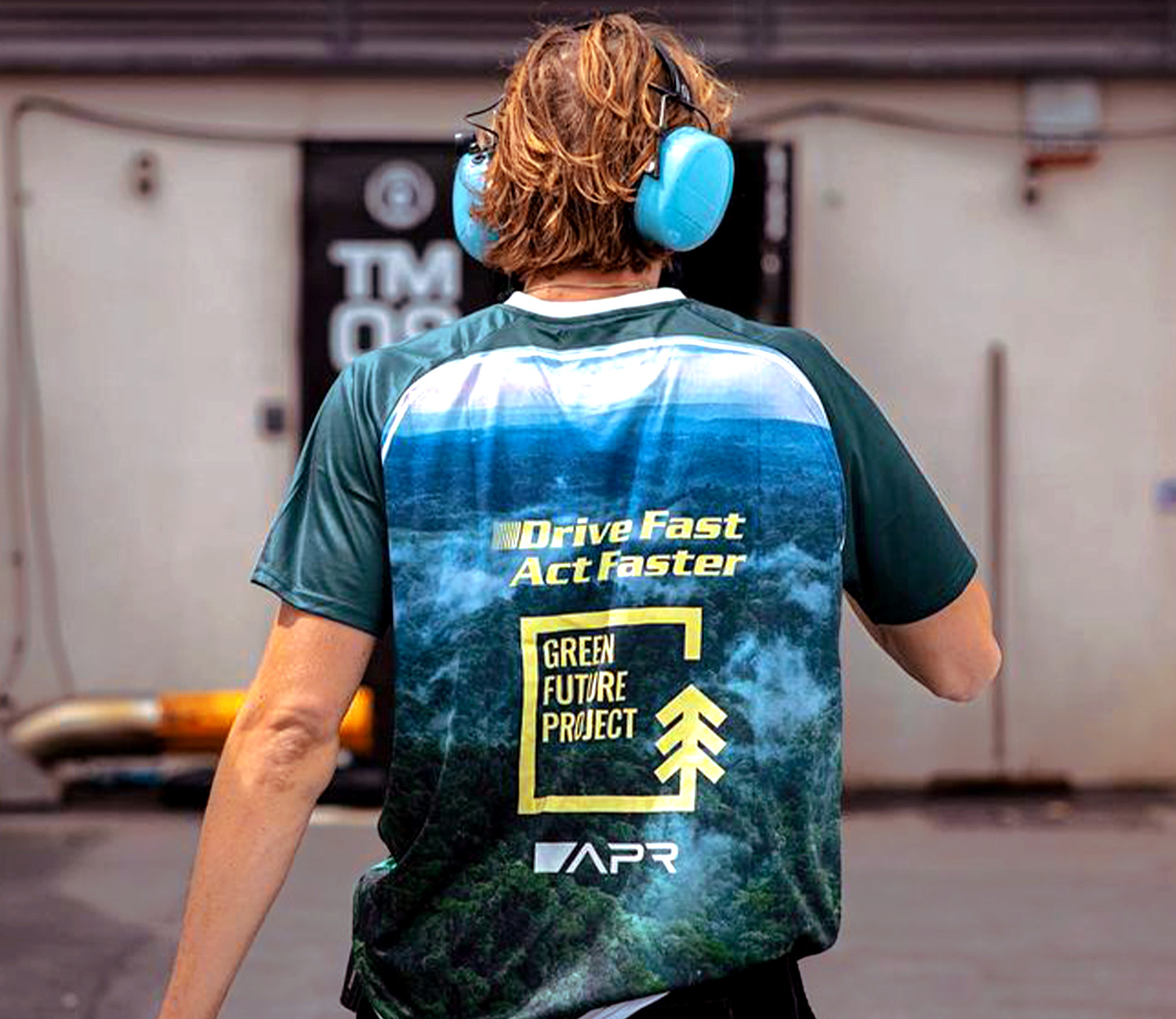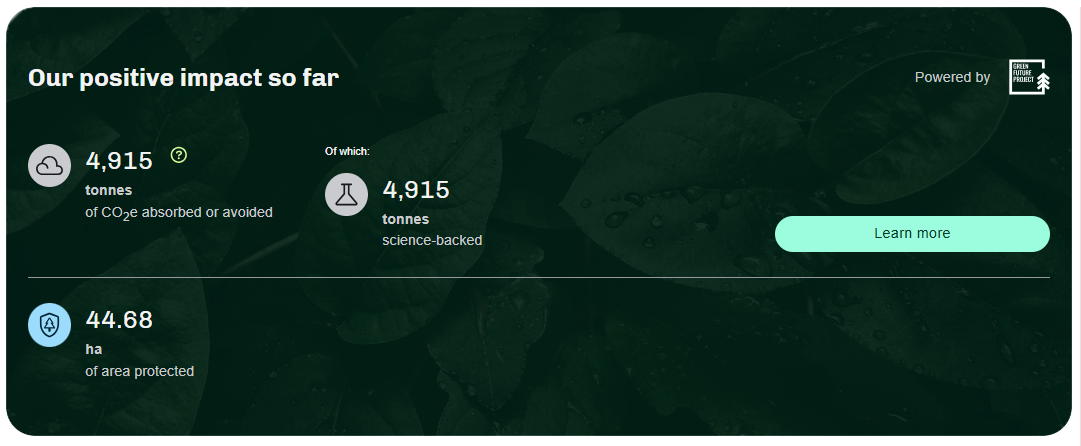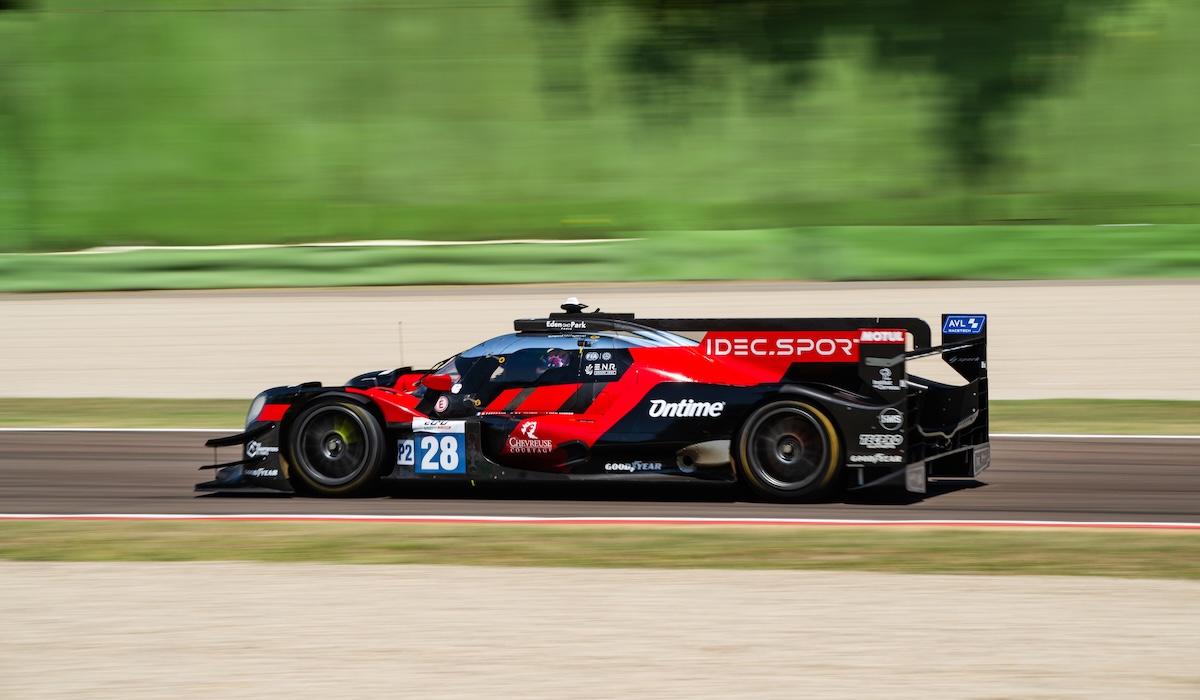
AVL RACETECH Joins Forces with IDEC SPORT Racing as Official Partner for Vehicle Simulation Software
Graz, Austria, July 2025 - AVL RACETECH and IDEC SPORT Racing have entered into a long-term partnership. The motorsport division of the Austrian development service provider AVL will support the successful French LMP2 team with its advanced AVL VSM™ RACE simulation solution. The team will also receive additional expertise in race engineering on site for selected races.
AVL RACETECH is expanding its visible presence in international prototype racing. In addition to its long-standing and highly successful partnership with Inter Europol Competition, the two-time Le Mans LMP2 class winner (in 2023 and 2025), AVL RACETECH is now supporting the renowned IDEC SPORT Racing team. Founded in 2015 by Patrice Lafargue, IDEC SPORT Racing has primarily excelled in the LMP2 category. The team claimed a European championship title in 2019, a podium finish at the 24 Hours of Le Mans in 2024. In the 2025 ELMS season, the team has already won two races, in Barcelona and Le Castellet, and is currently second in the team and drivers' standings with Daniel Juncadella, Jamie Chadwick, and Mathys Jaubert.
AVL RACETECH supports IDEC SPORT Racing with expertise in race and performance engineering, as well as programming capabilities for developing and utilizing the complete vehicle dynamics simulation toolchain. “At the heart of this software solution is our fully dynamic vehicle simulation, AVL VSM™ RACE,” says Michael Peinsitt, Skill Team Leader Race Engineering at AVL. “It allows us to model the race car in every detail and predict the effect that setup or ambient condition changes have on every aspect of the car, such as lap time, handling, stability, tire energy, fuel efficiency, and so on.” The key to these high-quality simulation results is a state-of-the-art driver model that is able to take the car to its limits in the simulation, just as human racers do.
As an integral element of the partnership, AVL RACETECH provides IDEC SPORT with race engineers for selected events. At the 24 Hours of Le Mans, where the #18 car of the team raced under the Genesis Magma Racing banner, the team already received on-site support from AVL RACETECH. The team will receive further on-site race support in Silverstone and Portimão.
Nicolas MINASSIAN, Team Principal, IDEC SPORT RACING:
"We at IDEC SPORT Racing are happy to welcome AVL RACETECH on board. Having such a partner supporting us in our quest for performance is a great addition to the team. There are so many facets that can be optimized in performance, and in such a competitive championship, you need to push further to deliver results. We are in a good position, but we need to stay humble, be rigorous, and execute at our best to stay in the top five and gather some good points for the championship. We are all very excited for the rest of the season and about having AVL RACETECH on the car and in the team."
Ellen LOHR, Director Motorsport, AVL:
"The cooperation with IDEC SPORT Racing is great news for us at AVL RACETECH as we are now the official partner of two leading teams in the LMP2 category. By combining their wealth of on-track experience together with our advanced vehicle dynamics simulation tools and engineering expertise, we are building a partnership capable of delivering race wins and championship success in one of the most competitive racing environments. It is incredibly rewarding to see our logo featured on an increasing number of race cars across tracks worldwide, representing the spirit and excellence of AVL RACETECH."
About IDEC SPORT
Founded in 2015 by Patrice Lafargue, the IDEC SPORT motorsport team is celebrating its 10th anniversary this year. IDEC SPORT has always entered championships that put mechanics and men to the test through endurance racing. Primarily in the LMP2 category, with a European championship title in 2019, a podium finish at the 24 Hours of Le Mans, and two pole positions in 2018 and 2023. The team got off to a flying start in the 2025 ELMS season with two wins from two races, in Barcelona and Le Castellet.
About AVL RACETECH
AVL RACETECH is AVL’s global motorsport expert, active in all technical areas of racing for over 20 years. AVL RACETECH collaborates with customers across 17 racing series worldwide in engineering, testing, simulation, and manufacturing. As a key supplier to teams in the most prestigious racing series - from Formula 1 to Formula E, NASCAR, and MotoGP - AVL RACETECH provides cutting-edge technology and services to the motorsport world. Since 2024, AVL RACETECH has been the official supplier of vehicle simulation software for the Fédération Internationale de l'Automobile (FIA).
Welcome to
AVL Racetech
AVL RACETECH
INNOVATE. ACCELERATE. LEAD.
Our heart beats for motorsport. We have enjoyed success in motor racing for more than 20 years, both in the limelight and behind the scenes. We develop, test, simulate and fabricate for manufacturers, organizers, teams and drivers - in 17 racing series around the world. Whether Formula 1, NASCAR or MotoGP: As a key supplier, we put winning teams on pole position technologically. We transfer our passion for racing and the innovation we show in motorsport to the streets. We leverage our know-how to develop solutions for the future of mobility. After all, that heartbeat unites us since decades.
Our partners
Successful on and off the track
As well as strong companies and professional motorsport teams, we also work with promising and talented youngsters, who we support through our ambassador program – from preparing them for races in our simulator to support them with our race engineers at the track.
Drive Fast, Act Faster
Green Future Project
As a member of the Drive Fast, Act Faster Campaign, AVL RACETECH has consistently dedicated funds to support the protection of tropical forests rich in biodiversity and at high risk of deforestation. Over the last few years, AVL RACETECH safeguarded 33,18 hectares of the Narupa Reserve in Ecuador. For the year 2025, we have committed to protect another 11,5 hectares.
By backing this initiative, we have effectively helped to protect a stock of 4,915 tonnes of CO2e, preventing their release in the atmosphere and ensuring the continuation of the ecosystem’s services, including the carbon cycle. This achievement is significant when compared to the carbon footprint of our brand ambassadors travelling to all the races during the season.
